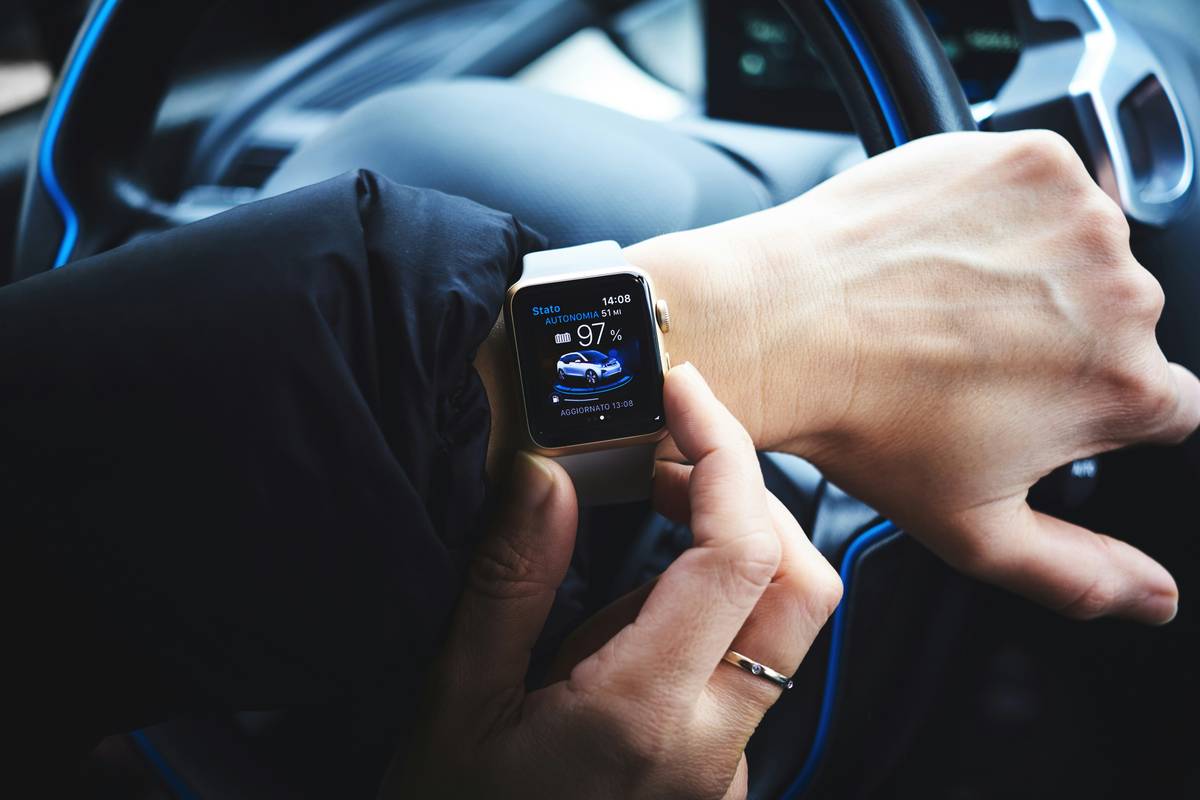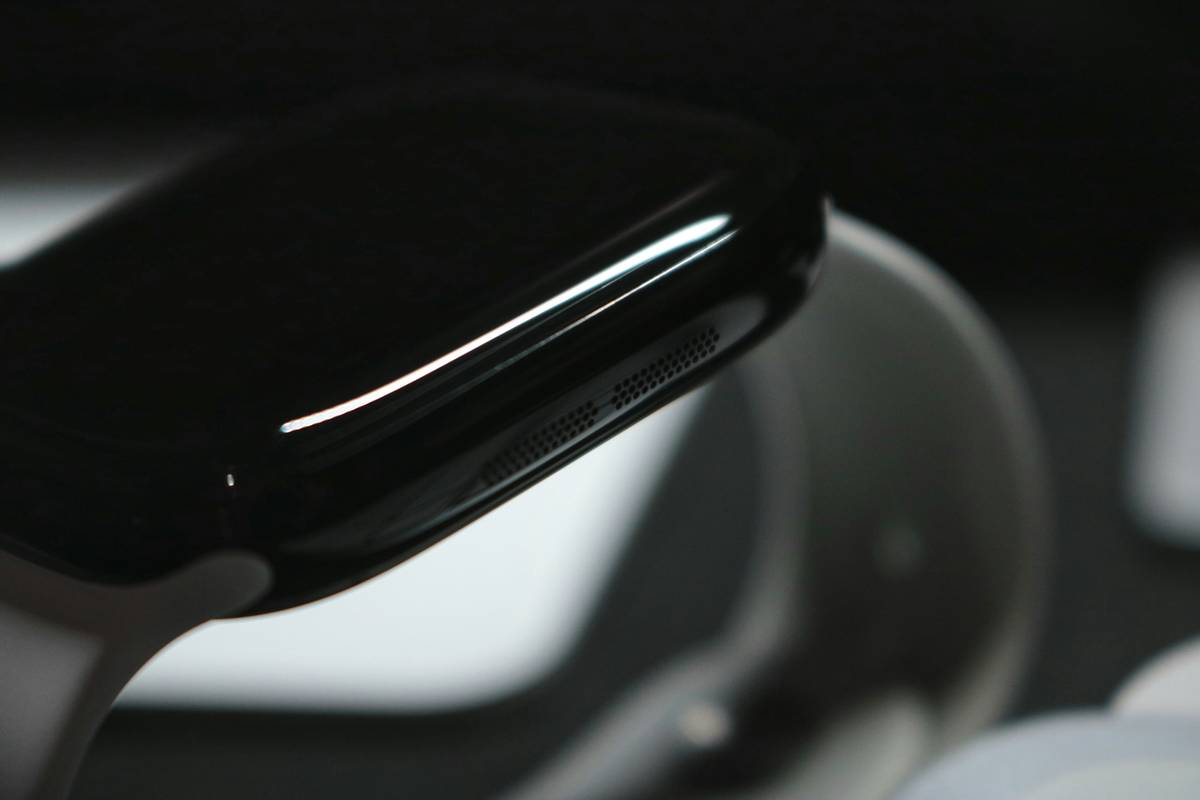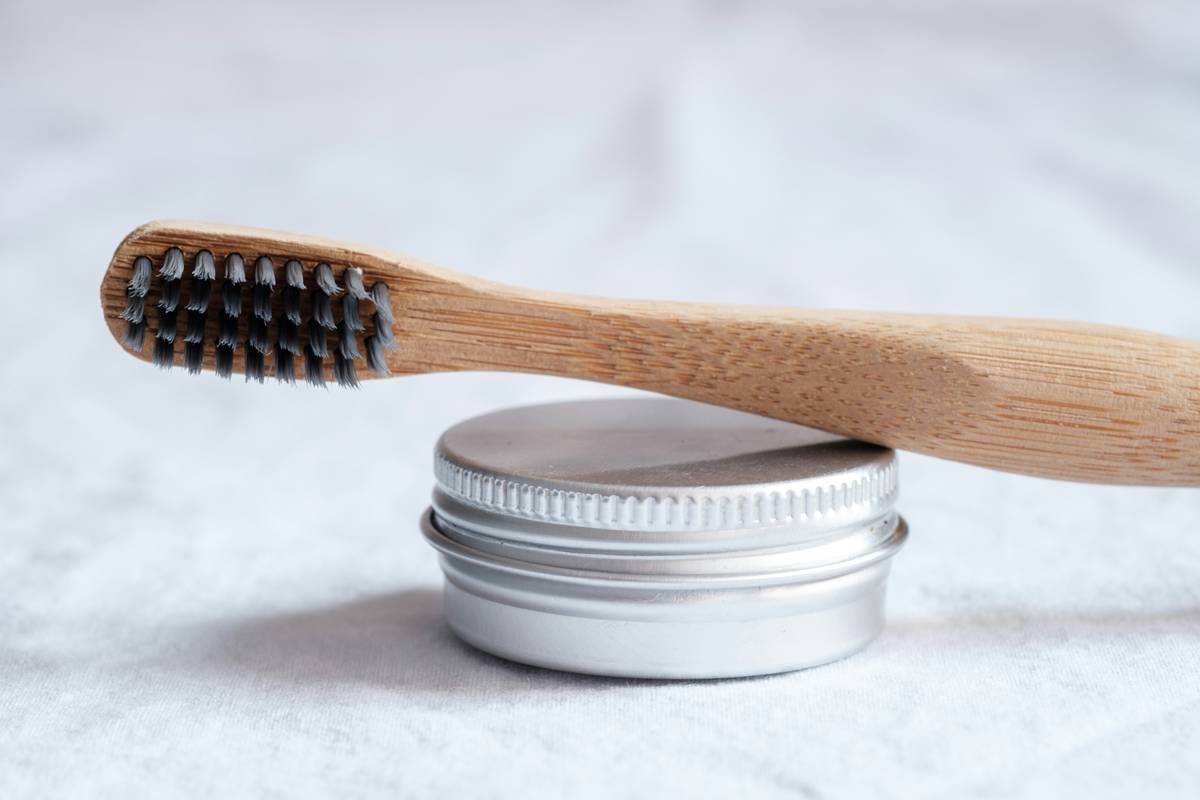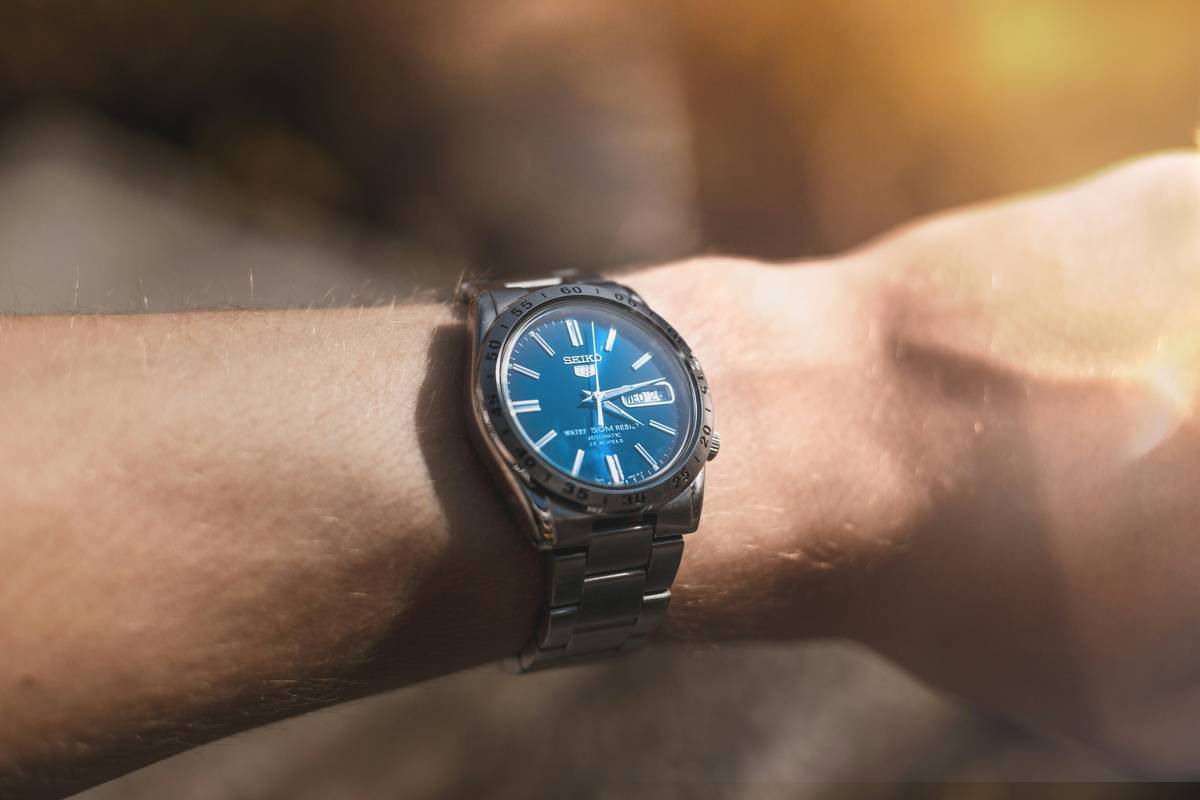Ever had your wrist break out in an itchy rash after wearing a stylish watch? Yeah, we’ve all been there. The culprit? Cheap or non-hypoallergenic materials that wreak havoc on sensitive skin. As fashion watches continue to dominate the wearable tech scene, hypoallergenic watch materials are becoming more important than ever.
In this guide, you’ll learn what hypoallergenic materials are making waves (pun intended) in the world of fashion watches. We’ll dive into why they matter, how to choose one, and debunk some myths along the way. Plus, expect a little “grumpy optimism” sprinkled throughout!
Table of Contents
- Why Hypoallergenic Materials Matter in Fashion Watches
- How to Pick the Perfect Hypoallergenic Watch Material
- 3 Best Practices When Shopping for Hypoallergenic Watches
- Real-Life Success Stories: Brands Using Hypoallergenic Innovations
- FAQs About Hypoallergenic Watch Materials
Key Takeaways
- Hypoallergenic watch materials prevent skin irritation, especially for those with sensitivities.
- Titanium, stainless steel, and ceramic lead the pack in hypoallergenic innovation.
- Fashion meets function—brands now prioritize both style and comfort.
Why Hypoallergenic Materials Matter in Fashion Watches

I once bought a sleek smartwatch because, let’s be honest, who can resist anything described as “the Apple Watch killer”? But within hours, my wrist was red and itchy. Why? The back casing turned out to be nickel-laden—a common allergen hiding in plain sight.
“Optimist You”: “Just switch to something less flashy!”
“Grumpy Me”: “But what if I *want* to rock futuristic metallic without looking like I rolled around in poison ivy?”
The good news is, advancements in wearable technology have made hypoallergenic watch materials mainstream. These materials don’t just keep your skin happy—they’re also durable, lightweight, and chic enough to elevate any outfit.
How to Pick the Perfect Hypoallergenic Watch Material
Here’s where things get technical but trust me, it’s worth it. Below are three steps to ensure you land on the right material.
Step 1: Know Your Allergies
If you know you’re allergic to certain metals—nickel being the most notorious—steer clear of watches containing them. Look instead for:
- Titanium: Lightweight, corrosion-resistant, and hypoallergenic.
- Ceramic: Scratch-proof, smooth, and gentle on the skin.
- Stainless Steel (Medical Grade): While traditional stainless steel may contain trace amounts of nickel, medical-grade versions eliminate this risk entirely.
Step 2: Read Labels Carefully
This sounds basic, but labels lie…or at least omit key details sometimes. If something claims to be hypoallergenic, verify its components online. Brands like Citizen and Fossil often label their eco-friendly collections clearly, so dig deeper.
Step 3: Test Before Committing
Not everyone reacts the same way, so try strapping the watch on your wrist before purchasing. Many stores offer no-hassle return policies if irritations arise later.
3 Best Practices When Shopping for Hypoallergenic Watches

- Prioritize Comfort Over Aesthetics (At First). Sure, rose gold might look stunning—but not when paired with nickel-induced itchiness.
- Avoid Cheap Alternatives. Terrible tip alert: Skipping premium hypoallergenic options for budget ones will likely backfire. Skin reactions aren’t cheap AF?
- Consider Versatility. Invest in styles that transition from work to weekend seamlessly while maintaining hypoallergenic integrity.
Real-Life Success Stories: Brands Using Hypoallergenic Innovations
Let’s talk about brands doing it right:
- Citizen Eco-Drive: Known for solar-powered designs using titanium casings that blend elegance with safety.
- Apple Watch Ultra: Love it or hate it, their titanium band option has won praise among wearers with sensitive skin.
- Rado True: Ceramic watches so comfortable they feel invisible during long days.

FAQs About Hypoallergenic Watch Materials
What makes a material hypoallergenic?
A hypoallergenic material minimizes the risk of allergic reactions due to its composition. Common examples include titanium, ceramic, and high-grade stainless steel.
Can leather straps cause allergies too?
Yes, low-quality leather treated with chemicals can irritate the skin. Opt for vegetable-tanned leather or textiles infused with anti-allergenic coatings.
Are all smartwatches hypoallergenic?
Nope. Some models still use cheaper alloys prone to triggering reactions. Always check product specs.
Conclusion
Hypoallergenic watch materials are revolutionizing the intersection of fashion and functionality. By understanding which materials work best—and avoiding pitfalls—you can wear tech confidently while keeping your skin happy.
Like a Tamagotchi, your investment in hypoallergenic watches thrives with care and attention. Cheers to fewer rashes and more runway-ready wrists!
Wrist game strong,
Skin stays calm,
Style marches on.


